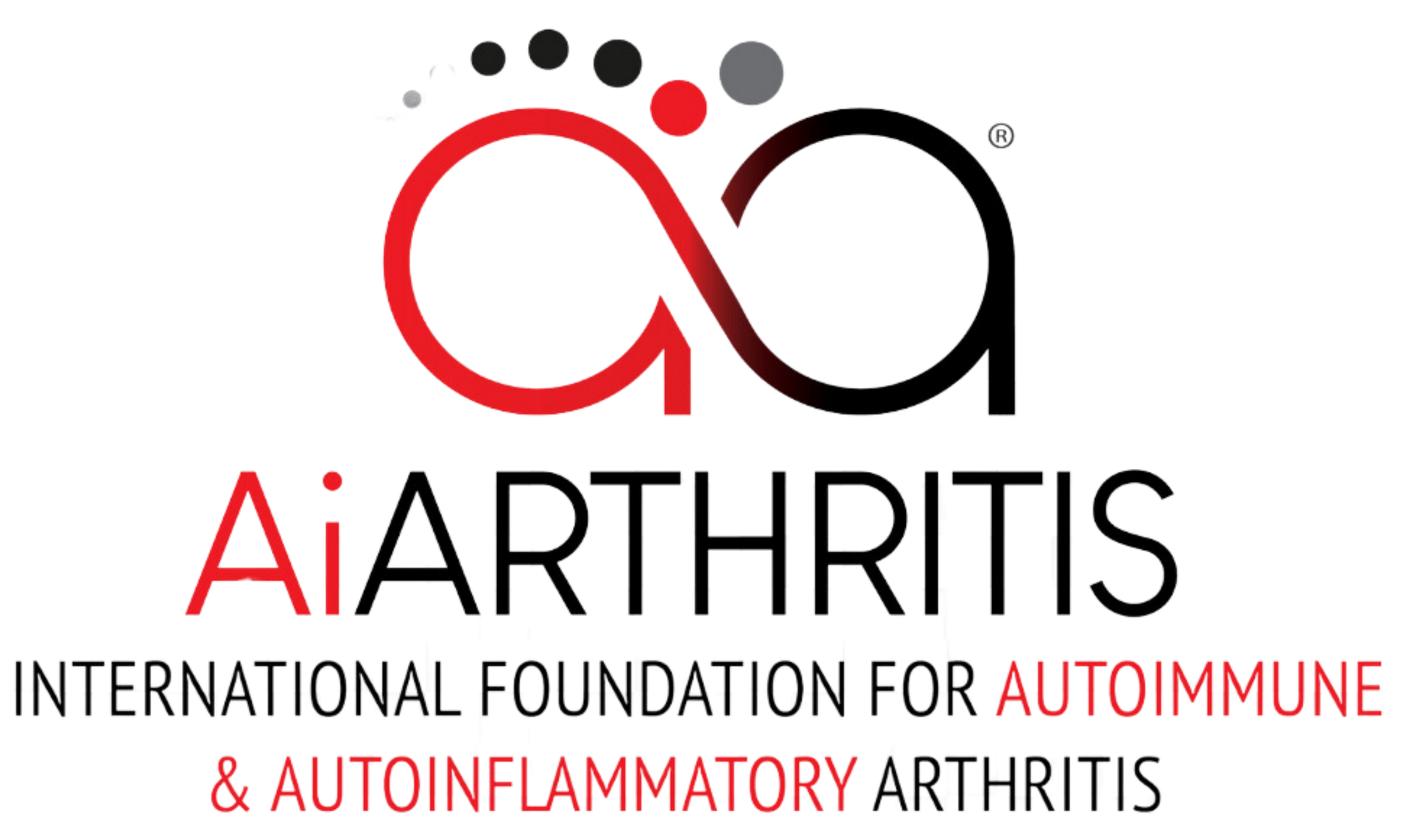The Link Between AiArthritis Diseases and Cardiovascular Disease: What You Need to Know
Autoimmune and autoinflammatory (Ai) arthritis conditions such as rheumatoid arthritis (RA), lupus, psoriatic arthritis, and ankylosing spondylitis do more than just affect the joints—they can also have serious implications for cardiovascular health. People with AiArthritis diseases are at an increased risk of developing cardiovascular disease (CVD). Understanding this link is crucial for managing both arthritis and overall health. Let’s delve into why individuals with AiArthritis diseases face a higher risk of cardiovascular disease and what can be done to mitigate this risk.
Why People with AiArthritis Diseases Are at Higher Risk for Cardiovascular Disease
- Chronic Inflammation: The systemic inflammation that causes joint pain and damage in AiArthritis can also impact the heart and blood vessels. This inflammation contributes to plaque buildup in the arteries (atherosclerosis), increasing the risk of heart attacks and strokes.
- Increased Prevalence of Risk Factors: Individuals with AiArthritis often have a higher prevalence of traditional CVD risk factors, such as high blood pressure, high cholesterol, and insulin resistance. These risk factors, combined with inflammation from arthritis, can significantly increase the likelihood of developing heart disease.
- Impact of Medications: Some medications used to treat AiArthritis, like corticosteroids, can raise blood pressure and cholesterol levels. Long-term use of these drugs can contribute to heart disease risk, making it vital to balance arthritis management with heart health.
- Physical Inactivity: Chronic pain and fatigue often lead to reduced physical activity, further elevating the risk of cardiovascular disease. Regular exercise is essential for heart health but can be challenging to maintain when dealing with arthritis symptoms.
- Obesity: Obesity is more common among people with AiArthritis, partly due to reduced physical activity and medication side effects. Excess weight puts additional strain on the heart and blood vessels, increasing the risk of cardiovascular issues.
- Mental Health and Stress: Living with a chronic illness like AiArthritis can result in anxiety, depression, and chronic stress, all of which are linked to an increased risk of heart disease. Psychological factors can influence the body’s inflammatory response and contribute to poor cardiovascular outcomes.
- Smoking: Smoking is detrimental to both heart health and arthritis. It exacerbates inflammation, is linked to more severe disease progression in conditions like RA and lupus, and significantly raises the risk of cardiovascular disease.
Steps to Reduce Cardiovascular Risk in AiArthritis Diseases
- Manage Inflammation: Controlling inflammation through medication and lifestyle changes can help reduce the risk of heart disease. Work closely with your rheumatologist to find the best treatment plan for managing your arthritis while protecting your heart.
- Control Traditional Risk Factors: Regular check-ups with your healthcare provider can help monitor and control risk factors like blood pressure, cholesterol, and blood sugar levels. Treating these conditions can significantly reduce your cardiovascular risk.
- Stay Active: Regular physical activity is one of the best ways to protect your heart. Low-impact exercises, such as swimming, cycling, and yoga, can help maintain cardiovascular health while minimizing strain on your joints.
- Maintain a Healthy Diet: A heart-healthy diet rich in fruits, vegetables, whole grains, and lean proteins can help reduce inflammation and control weight, both important for lowering cardiovascular risk.
- Avoid Smoking: If you smoke, quitting is one of the most important steps you can take to protect both your heart and your joints. Smoking cessation programs, medications, and support groups can help you succeed.
- Monitor Medication Side Effects: Work with your healthcare provider to ensure that the medications you’re taking for your AiArthritis are not contributing to cardiovascular risk. Adjustments to dosages or switching medications may be necessary.
- Prioritize Mental Health: Managing stress and mental health is crucial for both heart and arthritis health. Consider practices such as meditation, counseling, and support groups to help manage the emotional burden of living with a chronic illness.
Cardiovascular disease is a significant concern for people with AiArthritis diseases, but there are steps you can take to protect your heart. By understanding the connection between chronic inflammation and heart health, and by managing both traditional risk factors and your arthritis, you can reduce your risk of cardiovascular complications. Work closely with your healthcare team to create a comprehensive plan that addresses your arthritis and heart health, promoting a healthier overall lifestyle.






